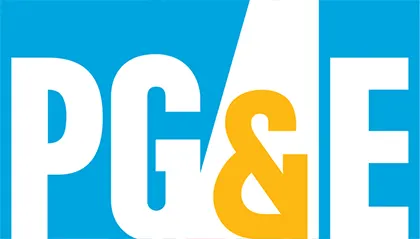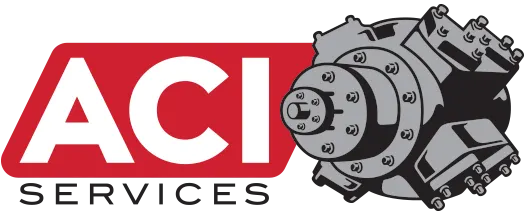Issue
Cylinder bodies are pressure containing vessels. Cylinder cracking is a safety concern from a gas containment issue, as well as a catastrophic failure of the cylinder body.
You may suspect a cylinder leakage by the presence of a gas smell near the unit. Another possibility is that the cylinder is underperforming compared to historical data for that unit. (This may also be caused by other issues, most notably valve problems).
The next step is to verify that your cylinder is the problem. This requires taking that unit down, and performing a visual inspection of the cylinder and it’s associated parts. It is important to note that not all cracks in cylinders can be seen with a visual inspection. You may need to perform non-destructive tests (for example, magnetic particle test) to confirm the presence of cracks.
In the event that you discover cracks in your cylinder walls, water jackets, etc., they may be able to be repaired, if minor. In most cases, however, the cylinder will likely need to come out of service.
ACI Expert Advice
- ACI can perform testing on the cylinder to determine the presence of cracks.
- ACI Services does not suggest returning a cylinder body with cracking back into service. The risks of doing so are significant.
- ACI Services can manufacture new cylinder body or components from measurements taken for the existing equipment. ACI Services does not simply reverse engineer an existing design. ACI Services provides an engineered solution specific for the application. We often will suggest a Finite Element Analysis (FEA) be performed to determine if the original design has fundamental weaknesses, for example. This strategy prevents repeating a bad design that could have led to the cracking in the first place.







